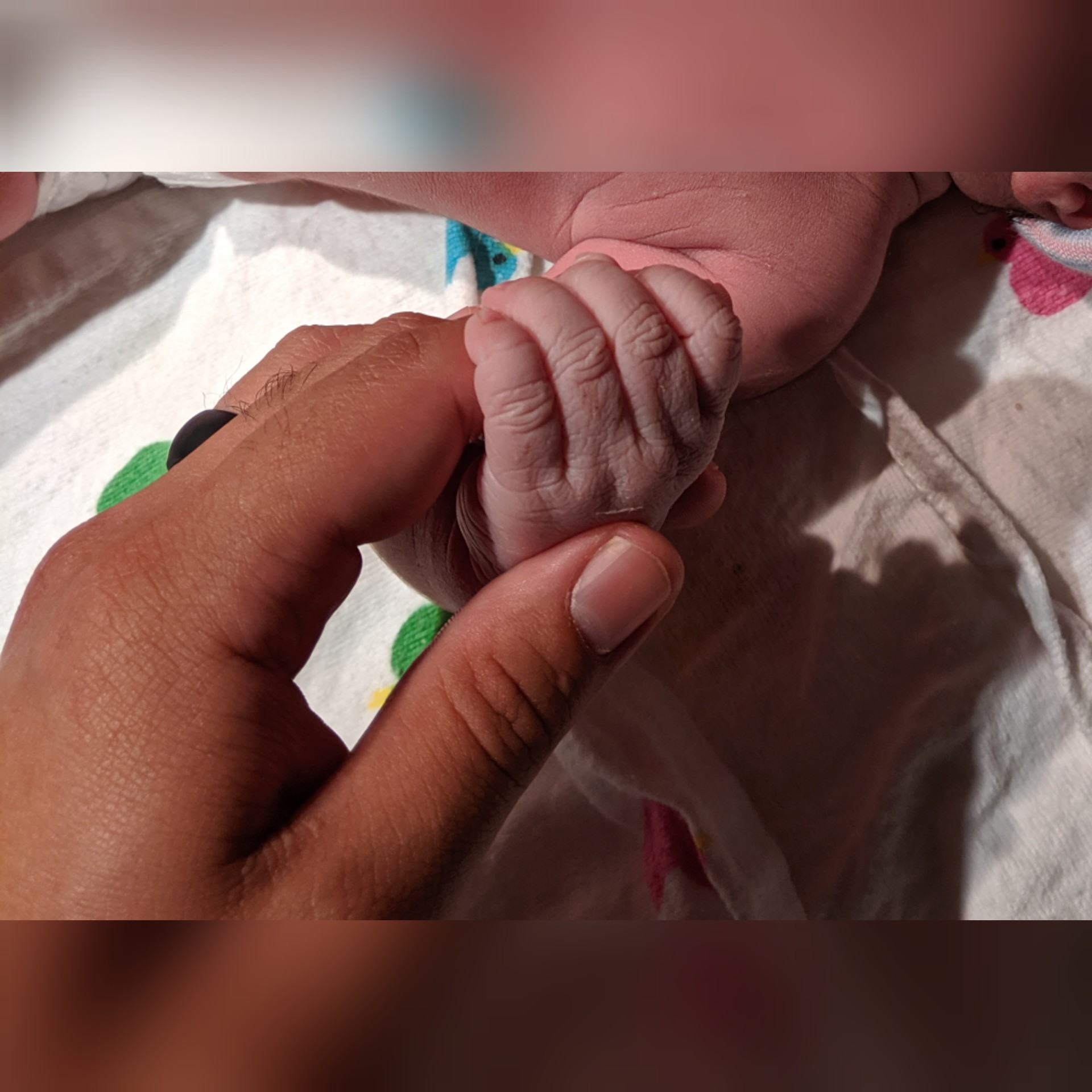
For the final part of 5318, we were giving guiding questions to heavily reflect on the creation of or LMS. Through much thinking and reflecting, here’s what I had to say:
Guiding Questions:
A. What Instructional Design theories lend themselves to development ofonline learning environments? Which one did you lean toward in developing your course?
Each of the instructional design theories play a pivotal part in the development of an online learning environment. Objectivism and behaviorism, constructivism, cognitivism, and connectivism all have a part to play in the online learning environment. What that means is while the premise of online learning may seem simple, there has to be several factors that help the learner to achieve their goals.
For example, in Anthony William Bates book, “Teaching in the digital age” he discusses the differences in the learning theories. Objectivism and behaviorism play the role in trying to figure out what the students will be learning and setting up the types of behaviors you want to see from your learning. Cognitivism deals with the thinking the students do; constructivism work with the importance of self-awareness, free will and social interactions (Bates, 2015). Cognitivism essentially lets us learn from what we know, and experience. Connectivism focuses more on digital connection among each other and ourselves, and are more like growing or developing ourselves and society (Downes, 2007).
For the development of my course, although there are different aspects of each learning theory, the main focus is on constructivism. There is the belief that students come with their own unique, and individual knowledge, they connect with each other in many ways, and through their interactions, social, environment, and learning, they continue to build on what they know. This course allows them to learn on their own, learn from each other, and allow the teacher to help guide their learning. There is no “right” way for them to achieve their goal, only individual goals they have to meet by working collaboratively, creating what they think is the end goal.
Reference:
Bates, A.W. (2015) Teaching in a Digital Age: Guidelines for designing teaching and learning (Chapters 11-12) Retrieved from https://opentextbc.ca/teachinginadigitalage/
Downes, S. (2007) What connectivism is Half An Hour, February 3
B. How did you implement theUbD plan for your learning environment in creating learning opportunities for students?
The UbD plan that was implemented for this course helped me focus on a backwards planning model. The end goal for this course is to have students create their own unique ePortfolio, so starting from there allowed for building up to that point. What do students need to know about ePortfolio before they can build one? What should they care about ePortfolios? What are benefits of an ePortfolio type of learning system? These were some of the guiding questions to support the course goals. Then from there, there needed to be activities, assessments, discussions and checkpoints along the way to question student thinking.
There was also a need to foster as much collaboration as possible so students wouldn’t feel alone in their thinking, and also so they could share in the journey of how they used to perceive thinking and learning, to how they see it now. Besides creating the ePortfolio, the goal was to guide students along the way of thinking in a more COVA approach by having choice, ownership and voice in an authentic learning environment (Harapnuik, Thibodeaux, & Cummings, 2018). Students have become so accustomed to a objectivism learning approach, but this should help them see that different point of view.
Reference:
Harapnuik, D., Thibodeaux, T., & Cummings, C. (2018, January) COVA, published under a Creative Common license
C. With regard to what you have learned in this course, discuss the relevance and importance of providingonline learning for our students.
Besides taking this course, I’ve had previous experience with online learning when I first got into education. I immediately saw the value in giving the opportunity to students to work at their own pace and having a unique, individual program. Flash forward to now, there is still a lot to benefit the student with online learning because now it’s not just one online system, it’s providing many forms of content to meet the needs of the student and still allowing them to work at their own pace. It also helps with the organization process, a skill which many learners lack, so it’s not just helping them learn, it’s giving them the tools they need to be effective in life.
Accessibility is also another important factor in the learning because these courses can be accessed anywhere. Collaboration can happen anywhere, and communication can happen anywhere. Rather than providing too much content and saying have at it, you organize a system to how they move through the course, and if there are any issues, they have many modes of communication to better their understanding.
Lastly, I assumed that online learning would be a simple platform where you could just throw some content on a website and let the work keep the student busy. What was realized is that just like planning any lesson in person for the school setting, you have to take into account the types of learners you have, meet them where they are and help guide them through the process. It was so much more than just throwing content together. It was making it feel like a welcoming, virtual environment, allowing for collaboration from anywhere, letting them interact with different content that fits their needs and allow them to explore either alone, or with their peers.
D. What is the enduring understanding you can take from this course and apply in your teaching?
I’ve learned throughout the course of the DLL program, not just this course, that learning takes place anywhere and everywhere. What I’ve taken specifically from this course is that online learning has to have the same structure as if you were teaching in a classroom environment. There are a variety of students who’s needs all must be met, there is a curriculum to create, there needs to be assessments, scaffolding, the content needs to be engaging and collaborative, there needs to be consistent feedback, collaboration and so much more for it to be effective. Creating an online course can crash and burn just like any regular in-class lesson, so you must ensure that you cover all bases of the course. In a digital age where we are trying change learning instead there should be a good blend of online learning and face-to-face learning. The same rules apply though as our ultimate goal is to do what is best for the student and ensure their success.
For the last part of our assignment, we were to compile a list of different online courses we thought were successful/or introduced to us. Here is my list:
https://app.schoology.com/course/943319628/materials
https://www.screencastify.com/course/genius
https://fortbendisd.schoology.com/course/2071622588/materials?f=163046933
https://fortbendisd.schoology.com/course/1893706317/materials
The one I referred to most was the first course listed. Rachell Wooten was a former student of the DLL program, and also works in Fort Bend ISD like myself. It has been a pleasure getting to ask her questions, pick her brain, and use her as support especially for this course. I sent her a link to my site and she was able to provide feedback to help me improve it. The other courses are from previous PD’s and another course is one that was recommended to help me screencast.












